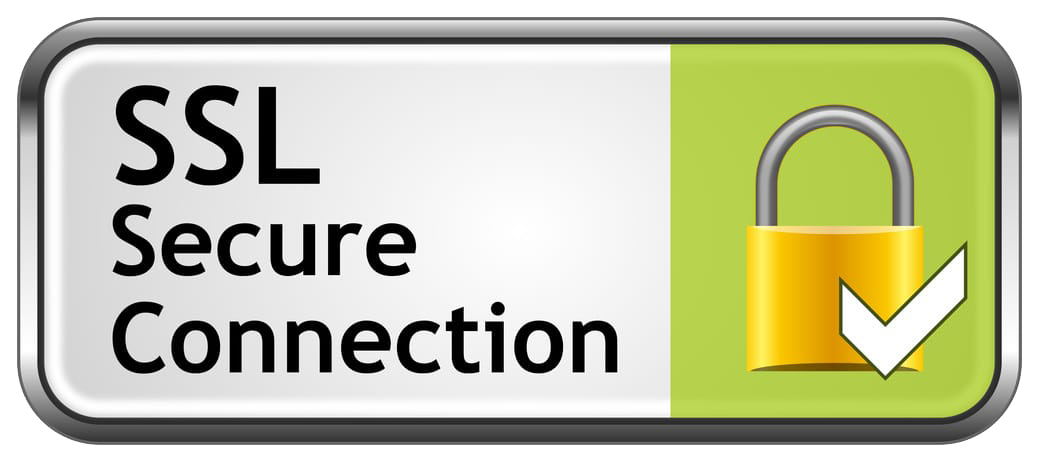
04
SSL
SSL (Secure Sockets Layer) checker is a tool or service that allows you to examine and verify the SSL certificate of a website or domain. SSL certificates are used to secure the communication between a web browser and a web server, ensuring that the data exchanged is encrypted and protected against unauthorized access.
SSL (Secure Sockets Layer) checker is a tool or service that allows you to examine and verify the SSL certificate of a website or domain. SSL certificates are used to secure the communication between a web browser and a web server, ensuring that the data exchanged is encrypted and protected against unauthorized access.
When you use an SSL checker, it analyzes the SSL certificate associated with a website and provides information about its validity, expiration date, issuer, encryption strength, and other relevant details. This information helps you assess the security and trustworthiness of a website's SSL implementation.
SSL checkers typically perform the following checks:
- Certificate Validation: The checker verifies if the SSL certificate is issued by a trusted certificate authority (CA) and if it is still within its validity period.
- Encryption Strength: It assesses the strength of the encryption algorithms used by the SSL certificate, such as the key size and the signature algorithm.
- Domain Validation: The checker confirms that the SSL certificate is issued for the correct domain and that it matches the website you are checking.
- Certification Chain: It verifies the certificate chain to ensure that each certificate in the chain is valid and properly linked to a trusted root certificate authority.
- Extended Validation (EV) Certificates: Some SSL checkers can distinguish and identify EV certificates, which provide an enhanced level of verification and display the organization's name in the browser's address bar.
Using an SSL checker can help you identify potential security issues or misconfigurations with SSL certificates, ensuring that the websites you visit or interact with have properly implemented SSL encryption.
It's important to regularly check the SSL certificates of websites you visit, especially when providing sensitive information or conducting online transactions, to ensure a secure browsing experience.
What is SSL?
SSL (Secure Sockets Layer) is a cryptographic protocol used to secure the communication between a web browser and a web server. It provides encryption and authentication mechanisms to ensure that the data transmitted between the client and the server remains confidential and tamper-proof.
SSL has been succeeded by its successor, TLS (Transport Layer Security), but the term "SSL" is still commonly used to refer to both protocols.
Here are some key points about SSL:
- Encryption: SSL encrypts the data exchanged between the client (e.g., a web browser) and the server, making it unreadable to anyone who might intercept it. This protects sensitive information such as login credentials, credit card numbers, or personal data.
- Authentication: SSL certificates are used to verify the identity of the server and establish trust. They are issued by trusted Certificate Authorities (CAs) and contain information about the owner of the certificate, such as the domain name. When a client connects to a server, it checks the SSL certificate to ensure it is valid and matches the requested domain.
- Data Integrity: SSL ensures that the data sent between the client and the server remains intact and unaltered during transit. It uses cryptographic algorithms to create checksums and digital signatures, allowing the recipient to verify the integrity of the data.
- HTTPS: SSL is commonly used in conjunction with HTTP to create HTTPS (HTTP Secure) connections. Websites that use HTTPS have a padlock icon in the browser's address bar, indicating that the connection is secured with SSL/TLS.
- TLS: TLS is the successor to SSL and provides similar encryption and authentication capabilities. The term "SSL" is often used to refer to both SSL and TLS protocols.
Implementing SSL/TLS on a web server involves obtaining an SSL certificate, configuring the server to use HTTPS, and regularly updating the certificate as it expires. SSL certificates can be obtained from trusted CAs or through automated certificate providers like Let's Encrypt.
Using SSL/TLS is essential for protecting sensitive data and ensuring secure communication over the internet. It is widely used by websites, online services, and applications to establish a secure and trustworthy connection between users and servers.
Tool Link:- https://toolx.in/tool/ssl-checker
Contact
Missing something?
Feel free to request missing tools or give some feedback using our contact form.
Contact Us